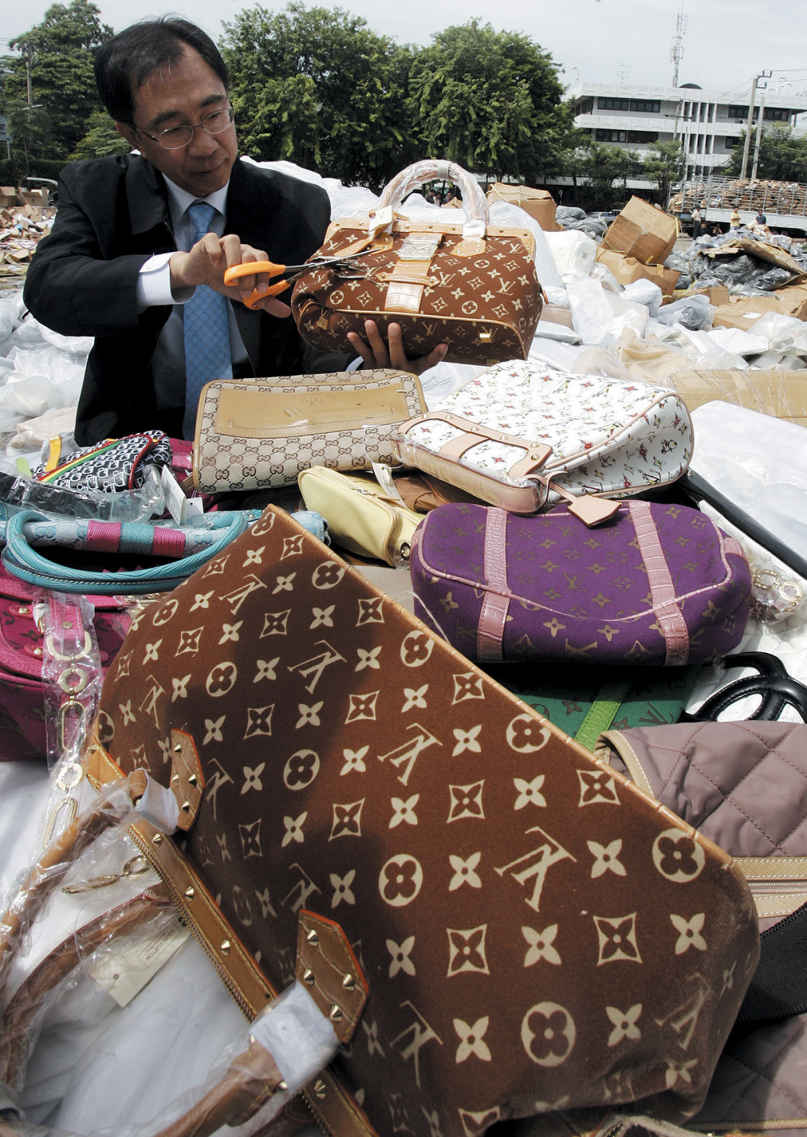AT ISSUE
Is It Ethical to Buy Counterfeit Designer Merchandise?
The demand for counterfeit designer merchandise—handbags, shoes, and jewelry—has always been great. Wishing to avoid the high prices of genuine designer goods, American consumers spend hundreds of millions of dollars per year buying cheap imitations that are made primarily in factories in China (and in other countries as well). According to United States Customs and Border Protection statistics, the counterfeit goods seized in 2013 had a retail value of over $1.7 billion. In 2014, that figure went down to $1.2 billion, but much more counterfeit merchandise gets into the United States than is seized. However hard they try, law enforcement officials cannot seem to stem the tide of counterfeit merchandise that is sold in stores, in flea markets, and by street vendors as well as through the Internet. As long as people want these illegal goods, there will be a market for them.
Purchasing counterfeit designer goods is not a victimless crime, however. Buyers are stealing the intellectual property of legitimate businesses that, unlike the manufacturers of fakes, pay their employees fair wages and provide good working conditions. In addition, because counterfeit goods are of low quality, they do not last as long as the genuine articles. This is not a serious problem when people are buying fake watches and handbags, but it can be life threatening when the counterfeit products include pharmaceuticals, tools, baby food, or automobile parts.
Later in this chapter, you will read a rhetorical analysis of an essay that takes a position on this issue, and you will be asked to write a rhetorical analysis of your own about another essay on this topic.

